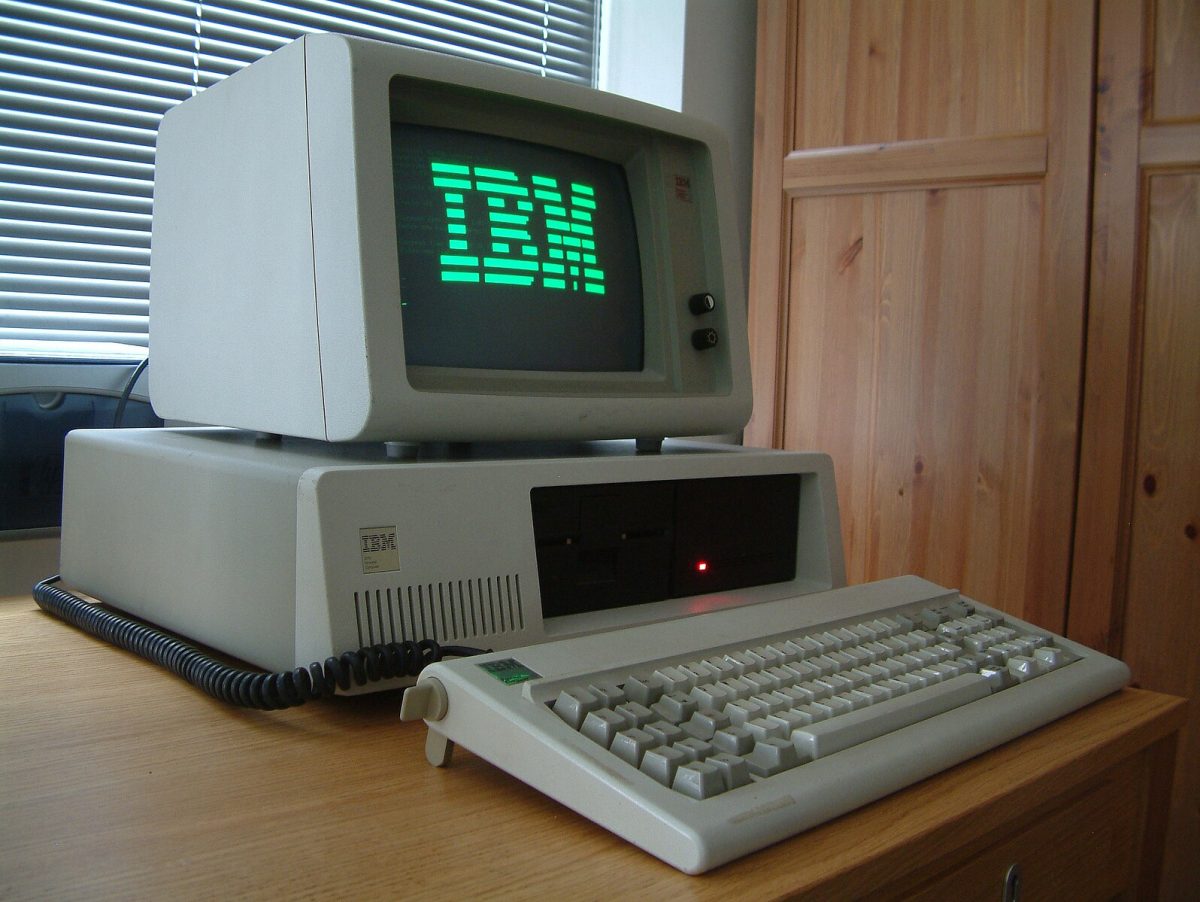In May, Cengage and McGraw-Hill announced plans to merge and operate under the McGraw-Hill brand with the leadership of Cengage CEO Michael Hansen, in an all-stock “merger of equals”.
The announcement was met with wide criticism and concern from advocacy groups who believe the merger will result in less competition within the textbook publishing industry and higher costs of learning materials for college students.
The higher-education textbook publishing space is currently led by six major companies; Pearson with 40% of the market’s 2018 total of $3.3 billion in revenue, Cengage with 24% and McGraw-Hill earning 21%, according to the Association of American Publishers.
Wiley, Macmillan and Oxford University Press earned the remaining 15%. If the Cengage-McGraw Hill merger is approved, the new entity will hold a 45% share of the market.This means that 85% of the textbook publishing industry will be controlled by two companies, the new McGraw Hill and Pearson, an effective duopoly.
The 45% market share that will be held by the new McGraw-Hill brand after the merger is well above the threshold in federal guidelines to label the merger as anticompetitive, according to the Scholarly Publishing and Academic Resources Coalition.
Despite this, there is a chance that the merger will be approved by regulators and close in early 2020, according to a press release by Cengage.
In opposition to the merger, the Scholarly Publishing and Academic Resources Coalition, the Open Markets Coalition and a group of student leaders sent letters to the U.S. Department of Justice, urging the government to block the merger in July and August of 2019.
In a press release, Nicole Allen, director of Open Education for SPARC stated, “The merger would decrease competition, increase prices and lock students into digital courseware that can gather vast amounts of their data.”
On a website titled “Better Learning Together” which promotes the merger, the publishers claim that the merger will “provide students with more affordable access to superior course materials and platforms.”
It also claims that it will “accelerate and expand affordability initiatives for college students in the U.S.”
EdSurge, an online publication that shares developments in the education space, wrote that a shared subscription model can result from the merger in which all McGraw-Hill titles and all Cengage titles will be made available to students for one subscription fee while the publishers continue pushing to earn revenues from online sources rather than physical texts.
The textbook publishing industry has been in a state of transition for years.
The shift has not always been smooth; Cengage filed for bankruptcy in July 2013 during restructuring efforts and emerged nine months later with less debt and the expectation of declining revenues as a part of its five-year-plan.
After restructuring, Cengage’s CEO claimed that the company was much closer to a software company than a traditional publisher.
The same can be said about McGraw-Hill and other publishers which now often require students to purchase digital access codes in order for them to use online learning management systems in addition to their textbooks.
Since the digital access codes cannot be used more than once, they cannot be resold between students.
This eliminates the secondary market that exists for physical books. In a call with investors, Cengage and McGraw-Hill executives indicated their intentions to take back market share from the secondary market, which McGraw-Hill CEO Nana Banerjee called a “disruptor.”
While there is much debate going on about the data collect practices of companies such as Google, Facebook and Amazon, there is also a question of the student data that will be made available and collected by to the new McGraw-Hill should the merger be approved.
SPARC’s Allen claims, “we may end up in a situation where publishers know more about students than institutions do if institutions don’t take action now to make sure we’re managing student data.”







